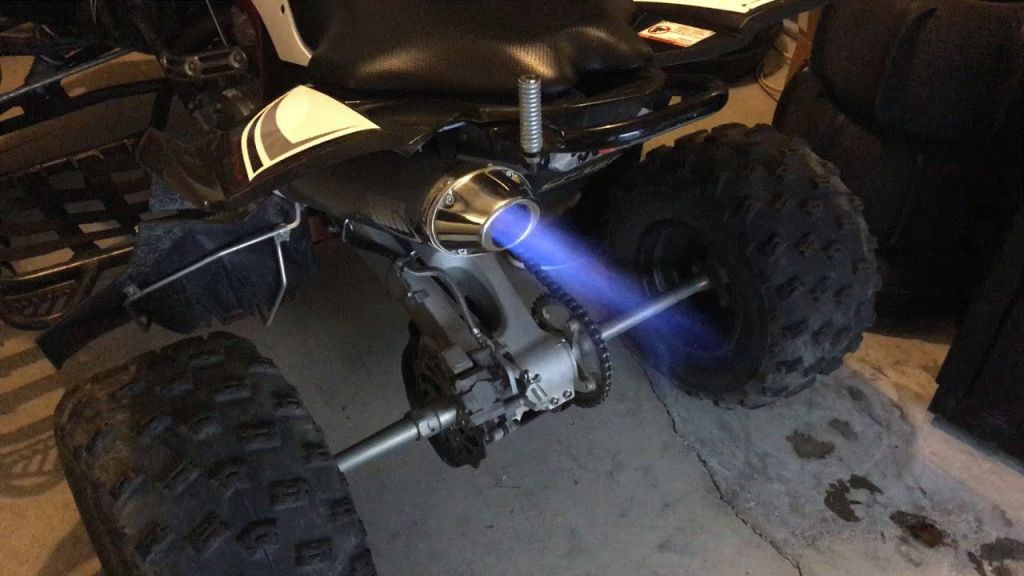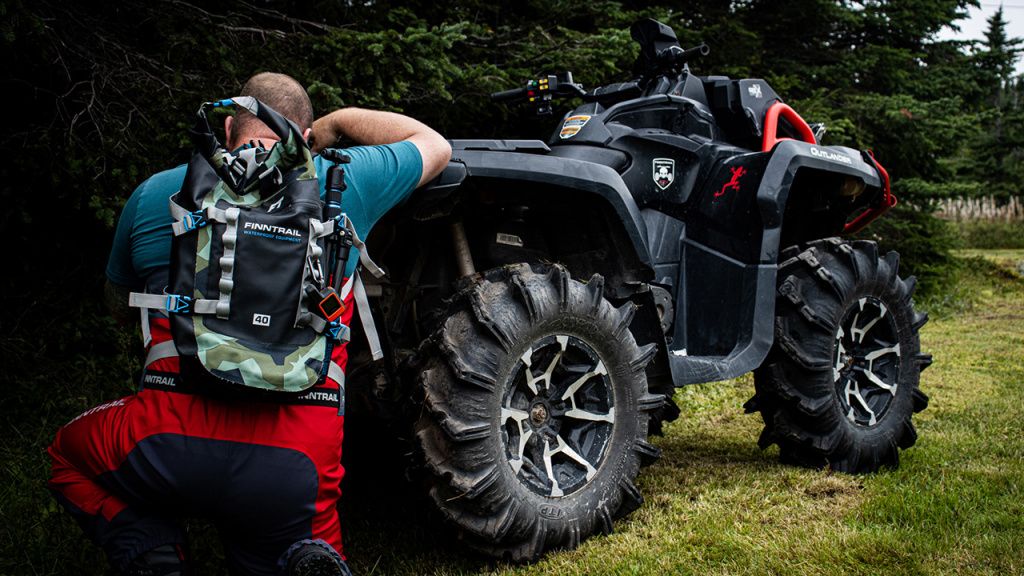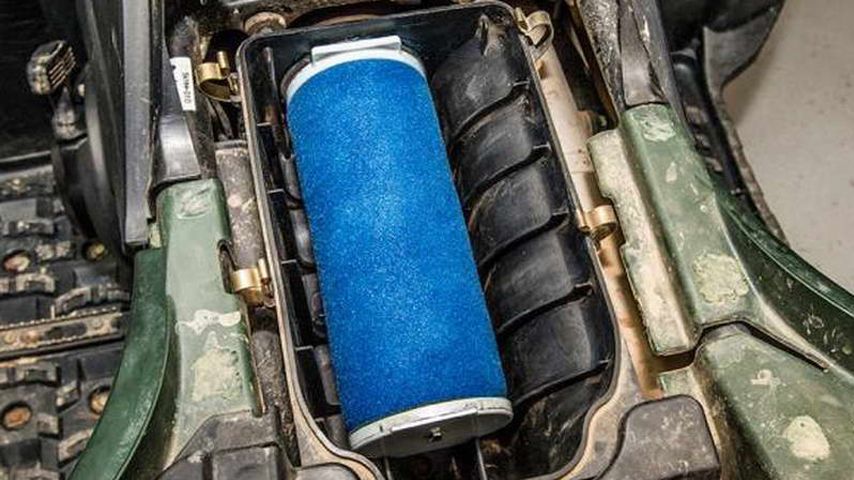How to Fix ATV Backfiring
ATV backfiring is pretty common, common enough that you should expect to experience it at least once at some point while you're enjoying your ATV. It's jarring, definitely, but not too scary once you get past that initial surprise. This post will tell you what causes, how concerned to be about, and how to fix ATV backfiring.
WHAT IS ATV BACKFIRING?

Nerve-wracking! It often sounds like a gunshot. So, if you haven't already experienced it, be prepared. You could likely also see a flame emerge from the exhaust. The backfire will likely reduce your engine's performance for a moment, and it can sometimes shut off your engine and you have to restart.
Backfiring sounds like an explosion because it is one. An explosion is supposed to be occurring in your engine, so it's not as bad as it sounds. Your engine runs by receiving a certain amount of fuel and air and then igniting this mixture in the combustion chamber. When your ATV backfires, the explosion has happened outside the combustion chamber.
Backfiring most often happens when you let off the throttle, for slowing down or coasting, because the ATV lets in less fuel when it's idling. This creates more opportunity for a poor ignition. But it can happen anytime while you're riding, so don't assume it isn't a backfire if it doesn't fit this pattern.
SPITTING VS BACKFIRING

It is easy to confuse backfiring with spitting, but they aren't the same thing. Spitting usually sounds more like a cough or sputter and it usually happens when the engine is cold.
An engine can have both problems at the same time, because they share a common problem: poor ignition.
An ATV spits because there's a gas leak in the carburetor, the carburetor needs tuning, there's a vacuum leak in the carburetor, the spark plugs or spark plug wires are bad, or the ignition coil is bad.
Most of these issues can be addressed yourself if you like, except for the ignition coil. If you have backfiring and spitting at the same time, look at your carburetor and spark plugs for potential causes first.
HOW CONCERNED SHOULD YOU BE ABOUT YOUR ATV BACKFIRING?

Not too much. Backfiring isn't likely to result in any injury to you, and unless it is unusually severe or happens frequently, isn't likely to damage your ATV either.
You should discover why your ATV is doing it, particularly if you notice it more than once in a relatively short period of time. Addressing it will prevent damage to your ATV.
If the ignition is occurring on the exhaust side of the engine, the backfire could damage the muffler or exhaust system. If it is occurring on the intake side, it could damage the engine.
WHAT CAUSES ATV BACKFIRING?

There are a variety of potential causes:
- The carburetor could be clogged or obstructed.
- The air or fuel filters could be clogged.
- There could be an engine problem.
- The fuel pump could be working poorly.
- There could be buildup on one or more spark plugs.
- There could be a hole in the exhaust system.
A poorly functioning air filter and delayed engine timing from spark plugs or broken parts in the engine are two of the most common causes of ATV backfiring.
HOW TO FIX ATV BACKFIRING

Now that you know the causes, you might could check various parts of your ATV and see evidence of what's going on, like an old air filter.
If you can't determine from sight what's causing the backfiring, you could start by addressing the easiest and least costly possibilities first.
1. Clean or change the air filter. Because dirty and old air filters so frequently cause ATV backfires, it's wise and not expensive or difficult to start with them. Discover how to easily clean an ATV air filter.
2. Change a spark plug (or more) that's obviously old, dirty, or bad.
3. Change the fuel filter. This is also an easy and not expensive option.
4. You could a little fuel injector cleaner to your fuel tank to clean the fuel line. This could be particularly helpful if you go periods of time without using your ATV.
5. Invest in a higher fuel grade for the same reason as the above point. Higher fuel grades are easier on the fuel line.
6. Check your throttle settings for your model of ATV to see if it couldn't be letting in a more optimum amount of fuel.
7. Clean the jets in your carburetor, if you're comfortable and able to do so. Discover how to adjust an ATV carburetor.
8. Have it serviced by an ATV mechanic. If your ATV continues to backfire, a mechanic can diagnose the problem and fix things you can't fix.
PREVENTING ATV BACKFIRES

A good maintenance schedule can reduce your chances of having a backfire.
Keep up with all of it, but especially care for the air filter. Clean your air filter at least as often as the manual recommends. You might also want to look at your air filter after every ride, particularly if you ride on dusty trails, to see if it needs cleaning. Change it if you have any doubt that it's damaged or old.







































